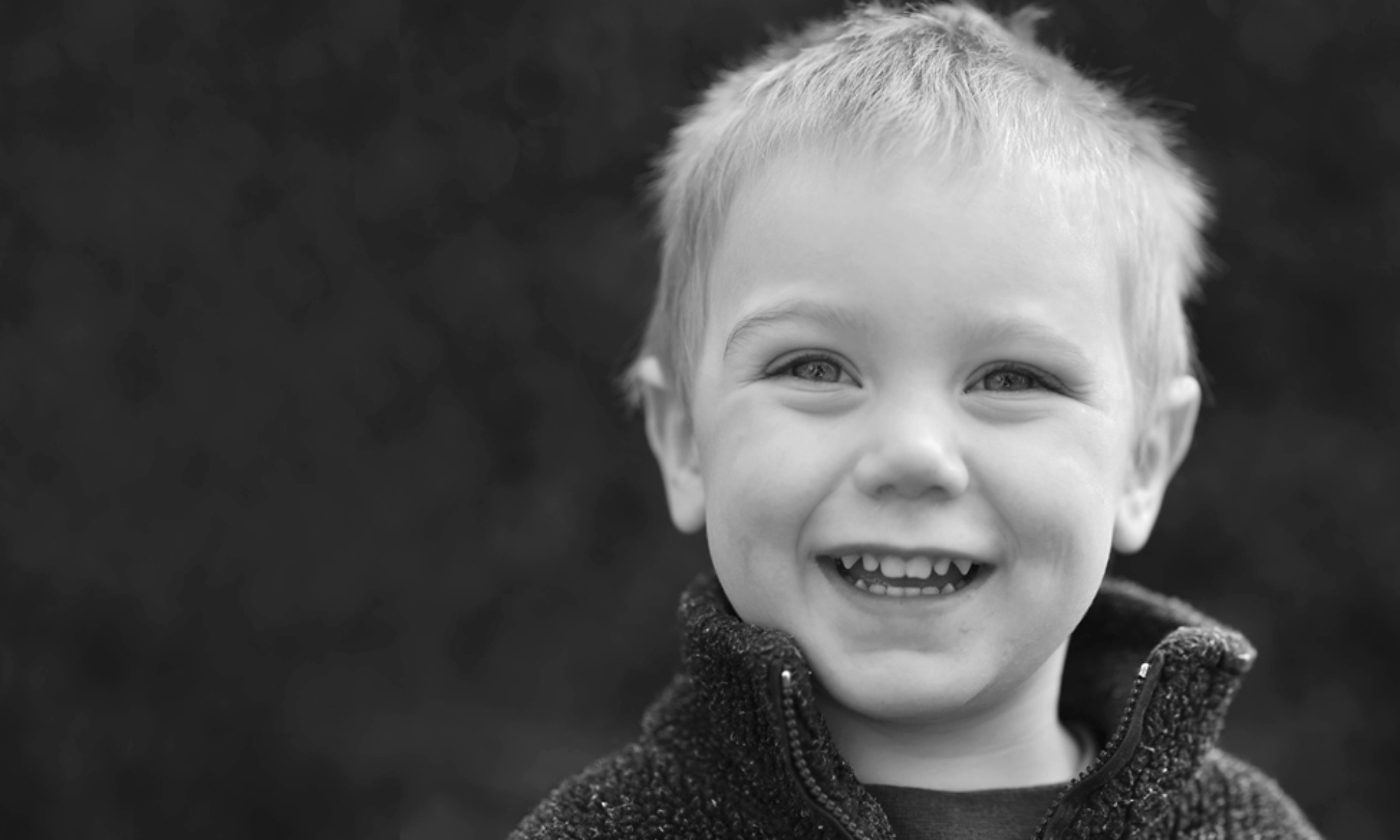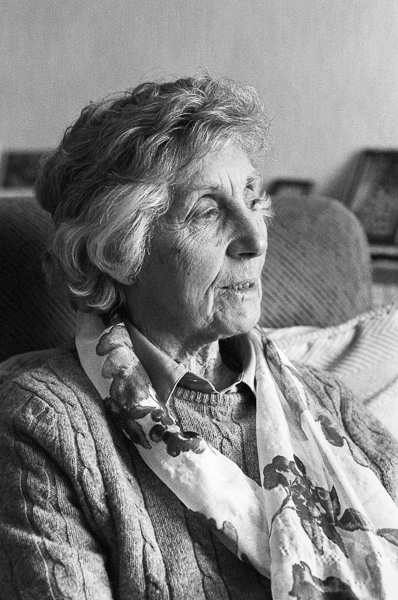Finally I got my last roll of 35mm Ilford HP5 Black and White film back and scanned it in. It had to be hand processed by someone in Kinsale (I still have the wherewithall to do it myself at home but buying a batch of chemicals for one film wouldn’t have been worth it).
I called this post ‘an old friend’ but in fact there are two here:
- I was always a fan of HP5 in the old days. I had a collection of cheap, slow consumer zoom lenses so 400 ASA film was handy. I also shot a lot of college sports in dark gym-halls (esp Basketball) so I used to push it up to 3200 ASA on occassion and it coped admirably – even sitting under the net with a 28f2.8 lens you needed 3200 ASA to get a decent shutter speed.
- I loaded it into the Nikon F4e. Still one of my favourite Nikons just for the pleasure of handling it: the weight, the simplicity of the UI, the sound of that shutter and film advance. This was the camera that really got me taking pictures again after a long absence. I bought it from the US on eBay and then set out equipping it with all its bits and pieces (batter grips / screens / lovely old lenses)
Enough of the gooey-eyed retro-tech love. How did they get on?
Well, er, the pictures are different. Not really worse or better but just different. I suppose I’m mainly comparing it it the 35mm Full Frame Digital of the D700: same format, same lenses.
- Slightly Shotgun. So rarely in the old days would I have spent a whole film on one subject so there is some duplication and waste here (oh, the sound of that motor drive). But no-where near as much as the digital equivalent. So the restriction of 24 exposures (as it happens) has made the process slower and more delibrate but not as much as the ‘blad did. But it’s also not as spontaneous as the digital. There are some keepers but not as many as the digital version. The important distinction here for me is the absolute number of keepers at the end. So although the percentage is lower with digital it results in more keepers and better chance of getting something genuinely spontaneous in the mix.
- Grain – bags of it. No doubt about it, film is different. The grain of the higher speed film is obvious although in this case not undesirable or inappropriate. The grain here is nice I think. It appears the old F4e was pretty sweet in terms of focus – in reality I suspect that the grain is hiding focus inacuracies which again isn’t a bad thing. While shallow depth of field is nice, it only serves to contentrate the viewer on the subject. Obvious softness in focus in key areas is distracting. All that pixel-peeping-crtical-focus stuff isn’t really helpful for portrait work (and I’m only shooting at 12MP).
- It Feels Right. The digital guys spend a lot of effort trying to get nice contrasty black and white with smooth tones from an image captured digitally in colour. I sometimes find it hard to get there with certain images and there are lots of magazine articles, plug-ins and on-line debates about the best way to do it. You can’t beat the original. Lovely contrasty tone with excellent dynamic range straight out of the little box / can.
- Endless Crap. This whole film experiment has reminded me of one thing though that I’ve had to do with out for so long: all that crap on your negatives. OK so film processing might not be what it was but my memory of dealing with most labs was a significant amount of damage coming back on my negs on a significant number of occassions. Maybe I just didn’t every find a lab good enough. Going digital was the first time I truely controlled the whole workflow from start to end – from capture to print – and finally it started to produce results I was 100% happy with. For someone as fussy as me this is a biggie.
Overall though I like these and although time-consuming and a little pricy it’s been a pleasure so shoot some black and white film again. The analogue process is very tactile even without the actual printing of black and white prints. What comes out has it’s own beauty but I’m not convinced it’ll ever come back into my professional workflow. I want to shoot some more though – and to find the right subject to suit the medium.
I’d love to do black and white printing again (I’d love to have the time even more!)
What has this whole process taught me? That’s another post…



